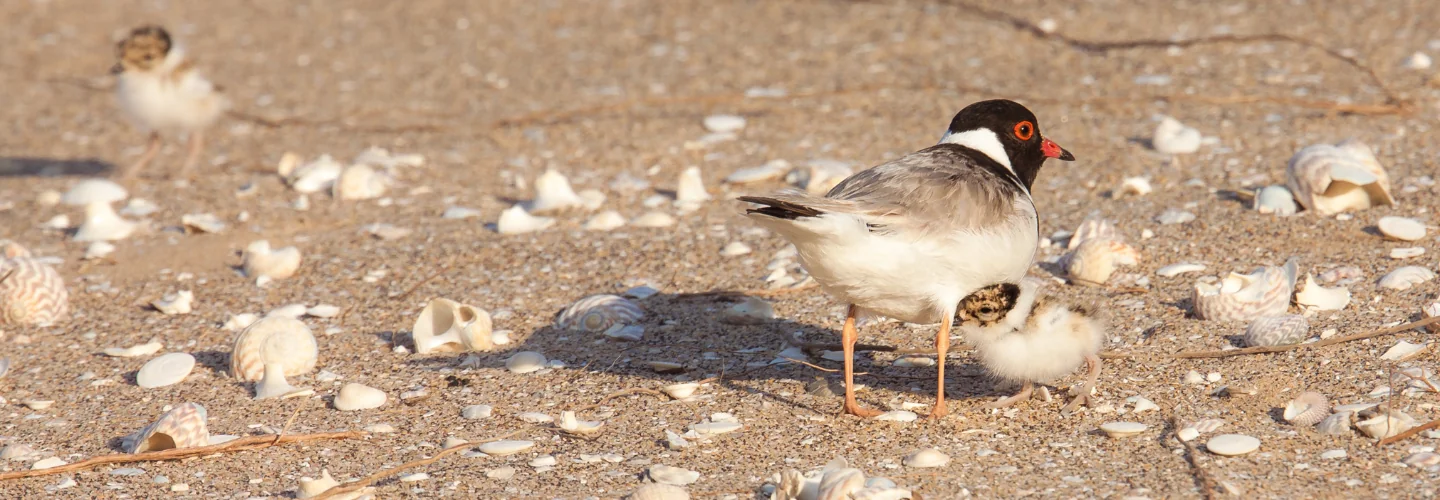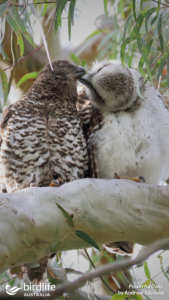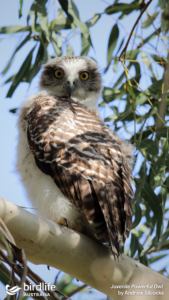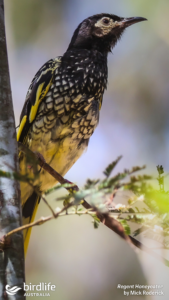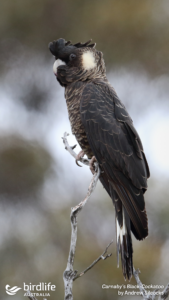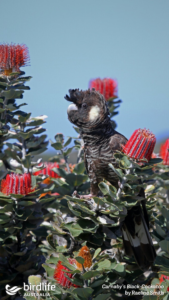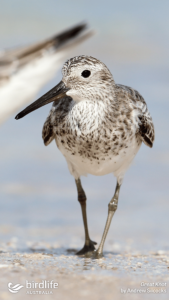As a thank you for your support, we would like to share these pictures of native birds that you can save and use as your mobile phone wallpaper. Each picture has been captured by photographers of the BirdLife Australia community.
Please save as many pictures as you like and choose your favourite as your wallpaper. We hope these wallpapers remind you of how your support is improving the lives of countless native birds Australia-wide.
Below are instructions on downloading each picture and setting them as your wallpaper. Download from a selection of pictures taken of the Powerful Owl, Regent Honeyeater, Carnaby’s Black-Cockatoo, and Eastern Hooded Plover. Each photographer has been credited on each image so you can view who captured each breathtaking picture.
The Powerful Owl
The Powerful Owl, Australia’s largest owl, inhabits moist forests of eastern Australia. It currently has a conservation status of least concerned, but we must continue to keep our urban spaces liveable for all species. Being aware of which native birds live in your home is a great way to start protecting these precious birds. Please enjoy these pictures taken by Andrew Silcocks.
The Hooded Plover
The Hooded Plover is a medium-sized, pale brownish-grey plover found on Australia’s coastline. It nests on the beach or dunes in spring and summer, when they’re impacted by beach recreation: people or their dogs, horses or 4WDs may accidentally crush the camouflaged eggs or chicks, while disturbance of adults leads to eggs overheating, chicks starving, and both left vulnerable to predation. The Hooded Plover has a conservation status of vulnerable. The generosity of supporters means we can continue to provide safe refuge for these birds.
Please enjoy these pictures taken by various photographers: Glenn Ehmke and Larissa Hill (in order of pictures below.)
The Regent Honeyeater
The Regent Honeyeater has become a flagship species for conservation issues in the box-ironbark forest region of Victoria and New South Wales. It is believed there are only 250 of these precious birds within the whole of Australia. Their songs once heard along the branches of the box-ironbark forest, this Critically Endangered bird needs our help now more than ever to survive.
Please enjoy these pictures taken by photographer Mick Roderick
Carnaby’s Black-Cockatoo
Carnaby’s Black-Cockatoo is endemic in the south-west of Western Australia. It is a large, dull black cockatoo and one of Australia’s five black cockatoo species. In the last 50 years, the population of Carnaby’s Black-Cockatoos in the Perth–Peel area has declined by about 50% Trees with suitable breeding hollows are rapidly being cleared and are in short supply. Research has shown that they need remnants of native vegetation within 12 kilometres of their nesting sites to raise healthy young. Will you help save the Carnaby’s Black-Cockatoo from extinction.
Please enjoy these pictures taken by various photographers: Andrew Silcocks and Raeline Smith (in order of pictures below.)
The Great Knot
The Great Knot, migrates between Australia and Siberia, relying on coastal mudflats along the Yellow Sea for sustenance. Sadly, some of these vital stopover sites have succumbed to development, pushing the Great Knot to a Critically Endangered status. They do not breed in Australia but rather in Siberia, with only males tending to the young. Their resilience in the face of these challenges underscores the remarkable strength of nature.
Please enjoy these pictures taken by photographer Andrew Silcocks.
How to set the wallpaper

On Android:
Option 1 – Using the Gallery app:
- Open your device’s Gallery app (the app with a flower or mountain icon).
- Find the downloaded image in your Gallery.
- Tap on the image to view it in full-screen mode.
- Tap the three-dot menu (or the menu icon) in the top-right corner of the screen.
- Choose “Set as wallpaper” or “Use as wallpaper” from the menu.
- Adjust the image to fit your screen, if needed, and tap “Set wallpaper.”
Option 2 – Using the Wallpaper settings:
- Long-press on any empty area of your home screen.
- A menu should appear. Choose “Wallpapers,” “Wallpaper,” or a similar option (depending on your device).
- Select “Gallery” or “Photos” to pick an image from your saved photos.
- Browse to find the downloaded image and tap on it.
- Adjust the image to fit your screen, if needed, and tap “Set wallpaper.”
On iOS (iPhone):
- Open your device’s Photos app (the app with a sunflower icon).
- Find the downloaded image in your Photos.
- Tap on the image to view it in full-screen mode.
- Tap the share button, which looks like a square with an arrow pointing up, located in the bottom-left corner of the screen.
- Scroll down and select “Use as Wallpaper.”
- Adjust the image to fit your screen by pinching and zooming, then tap “Set.”
